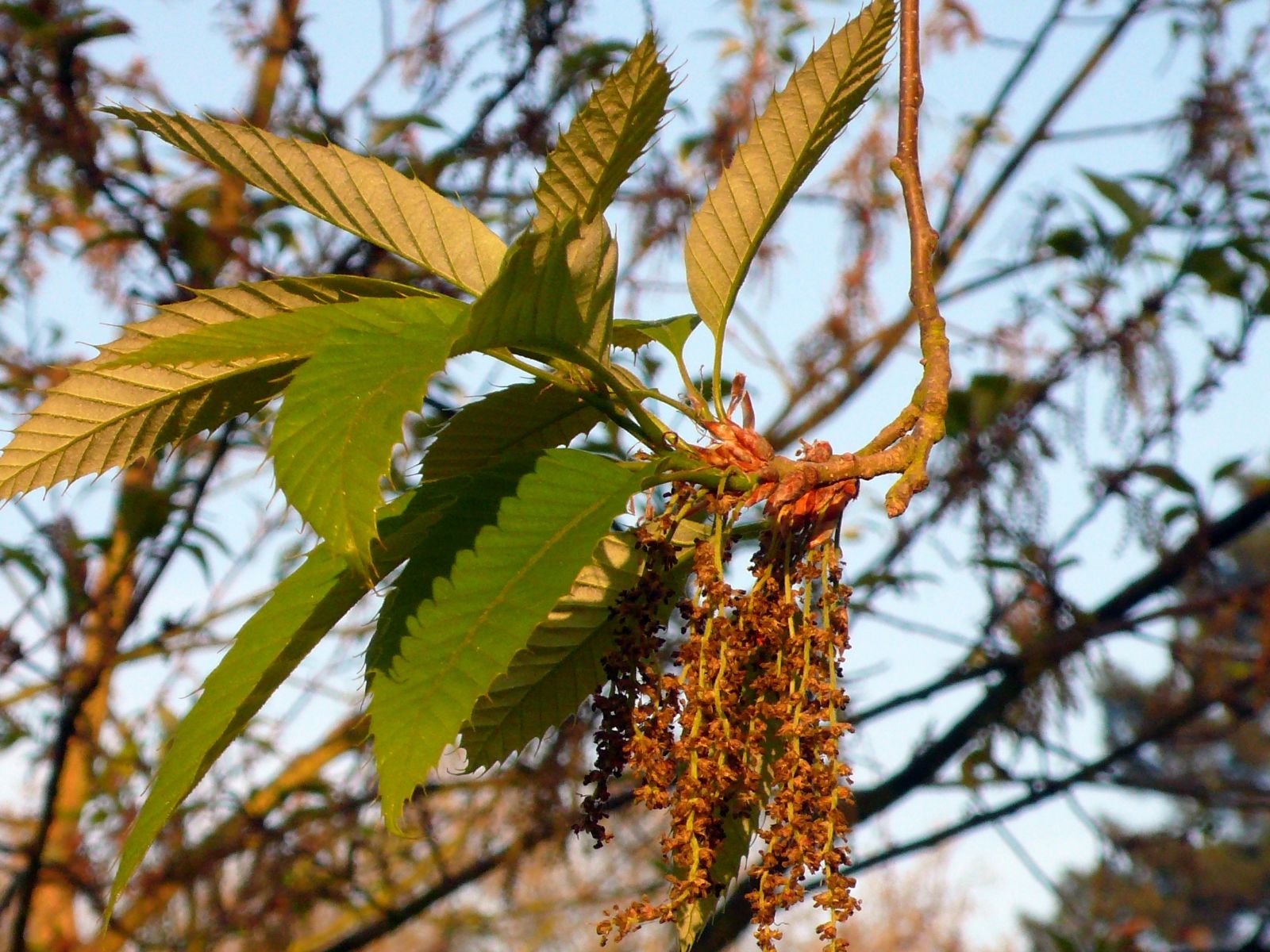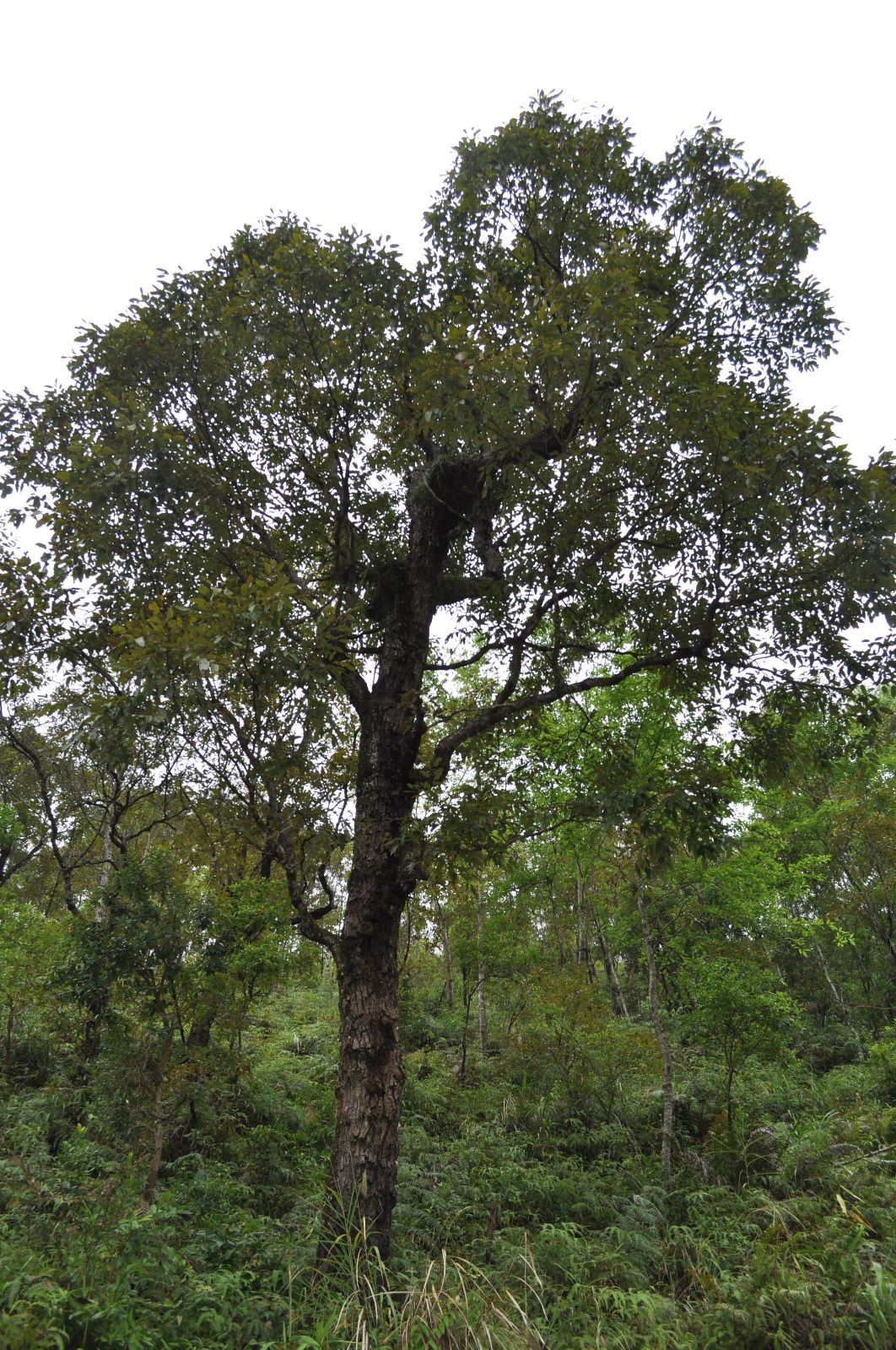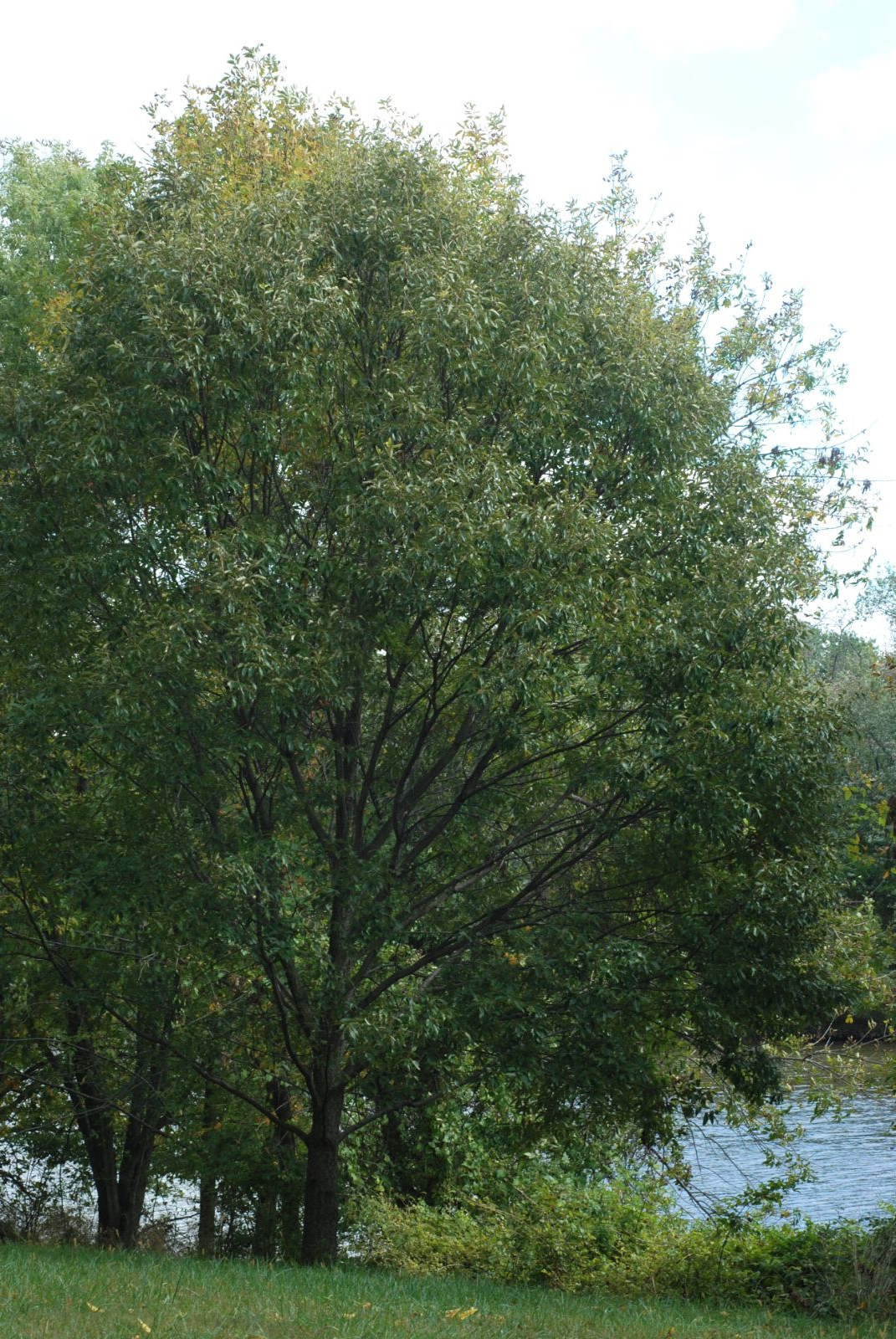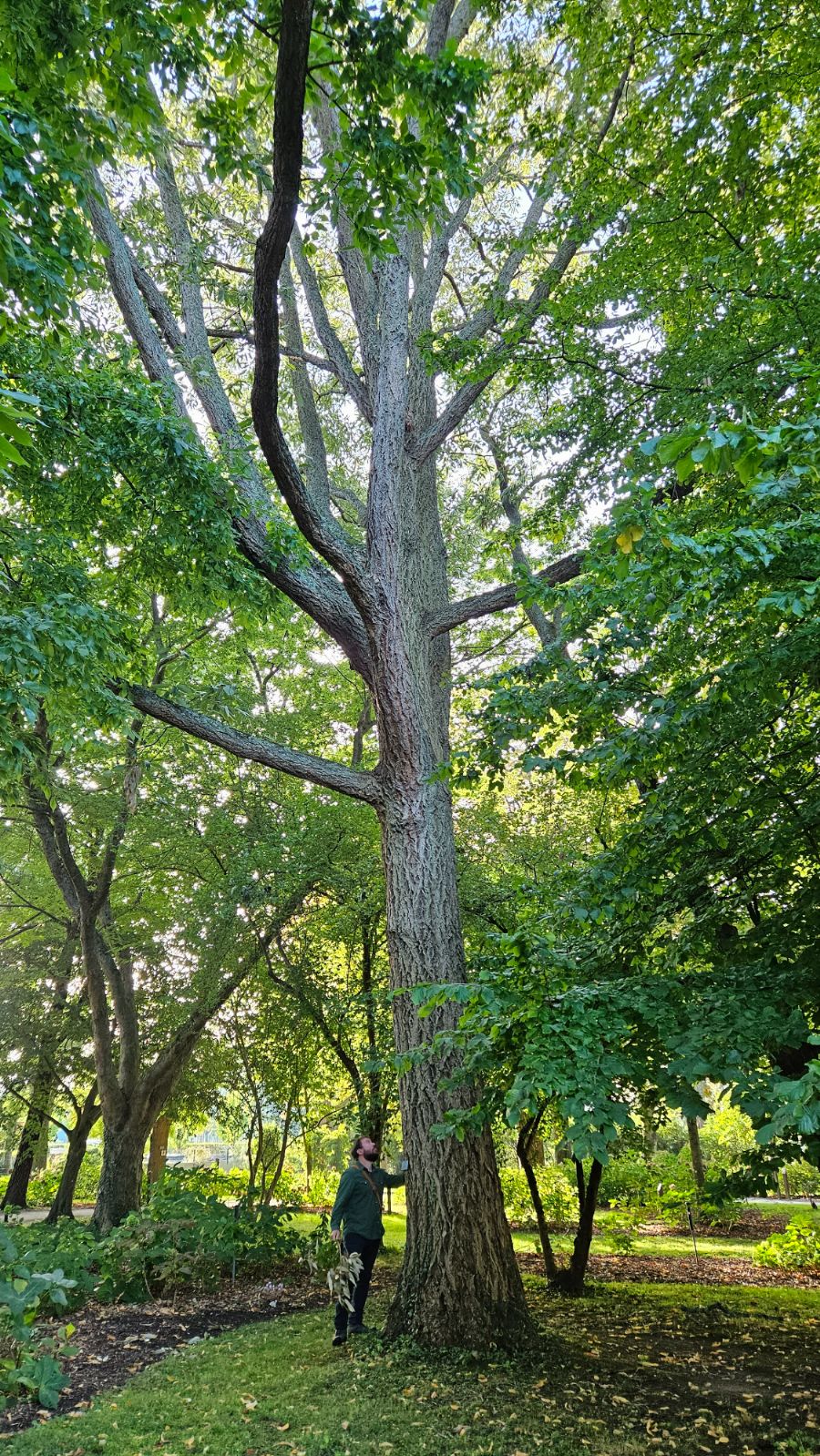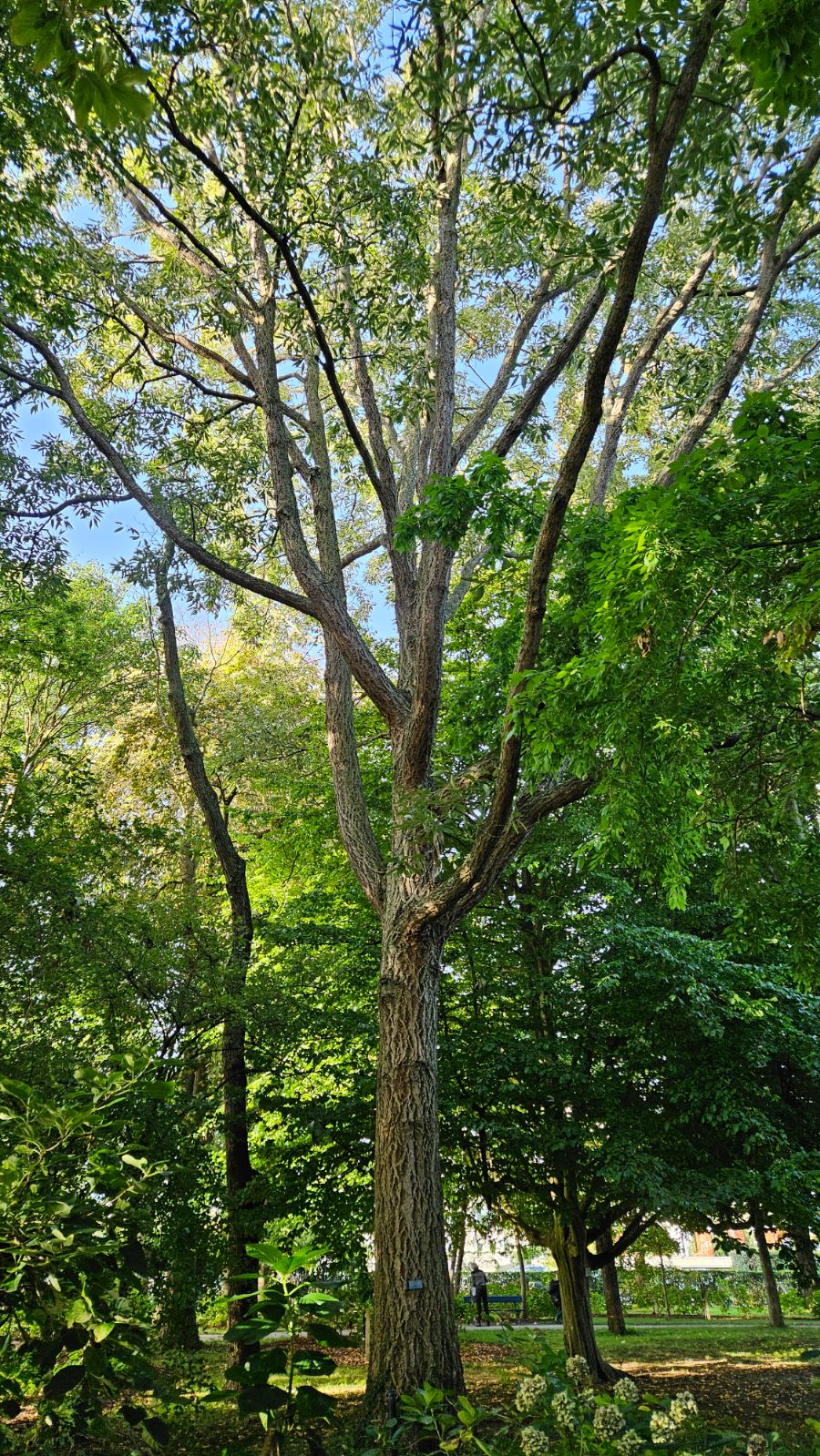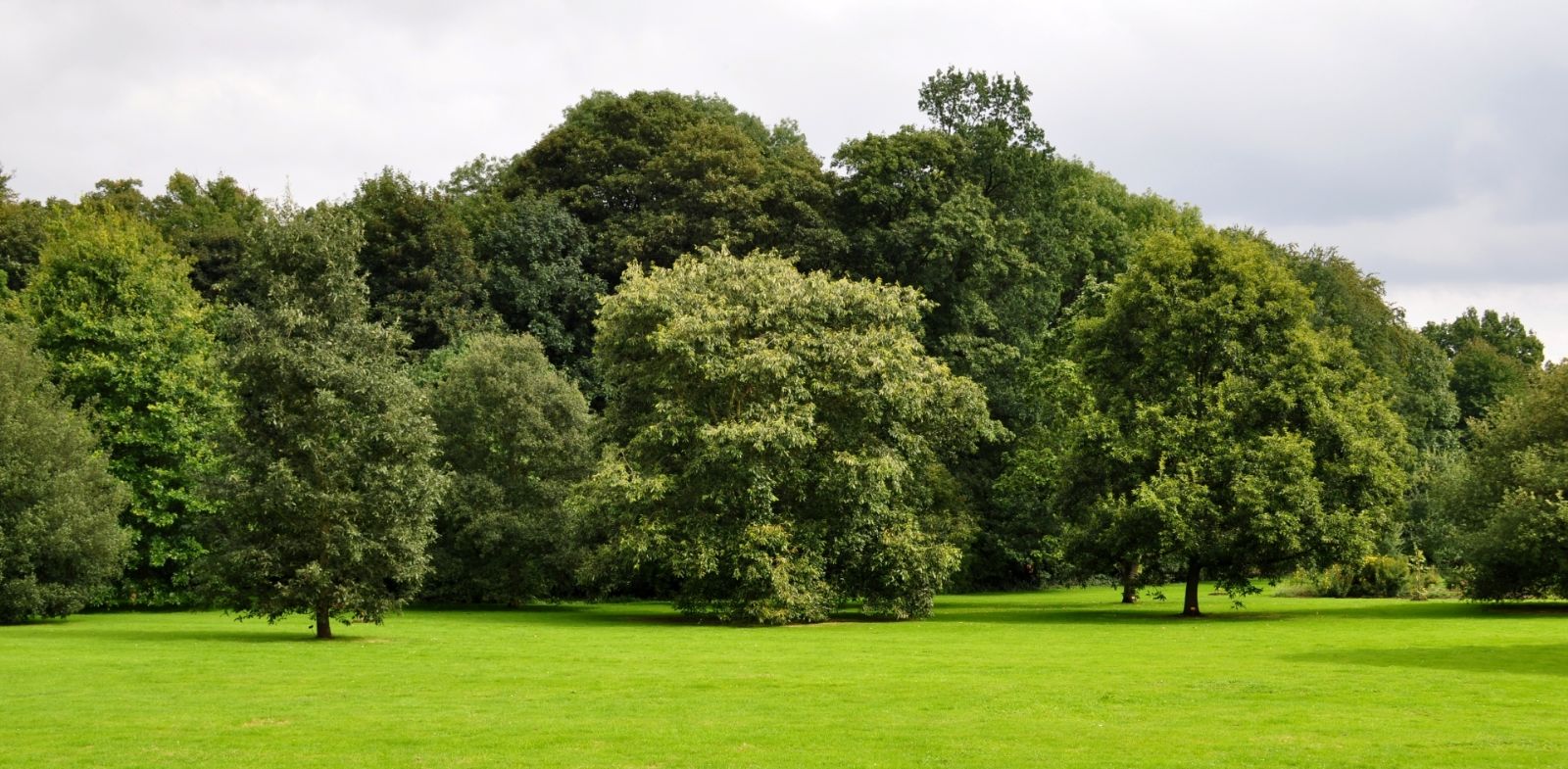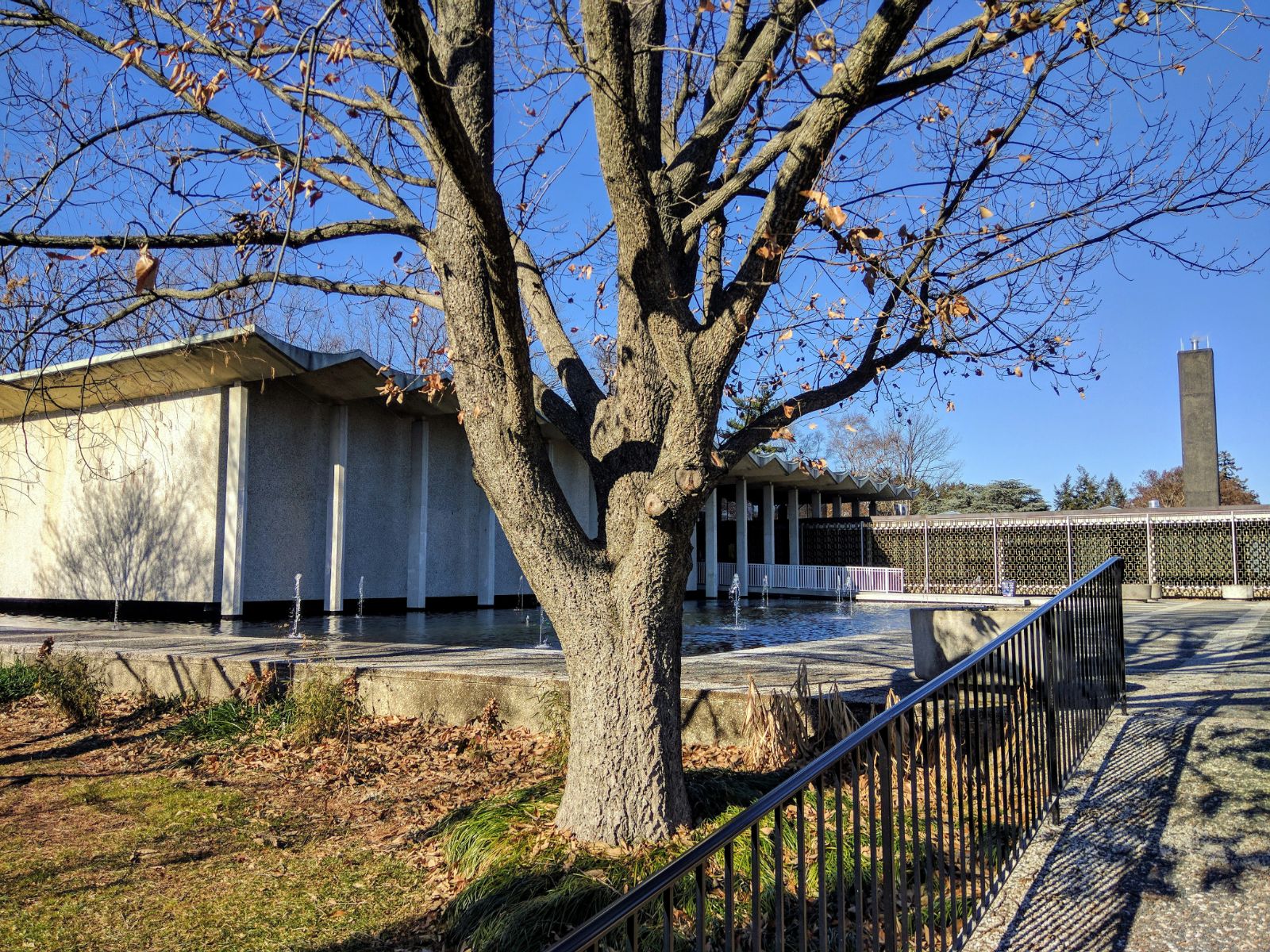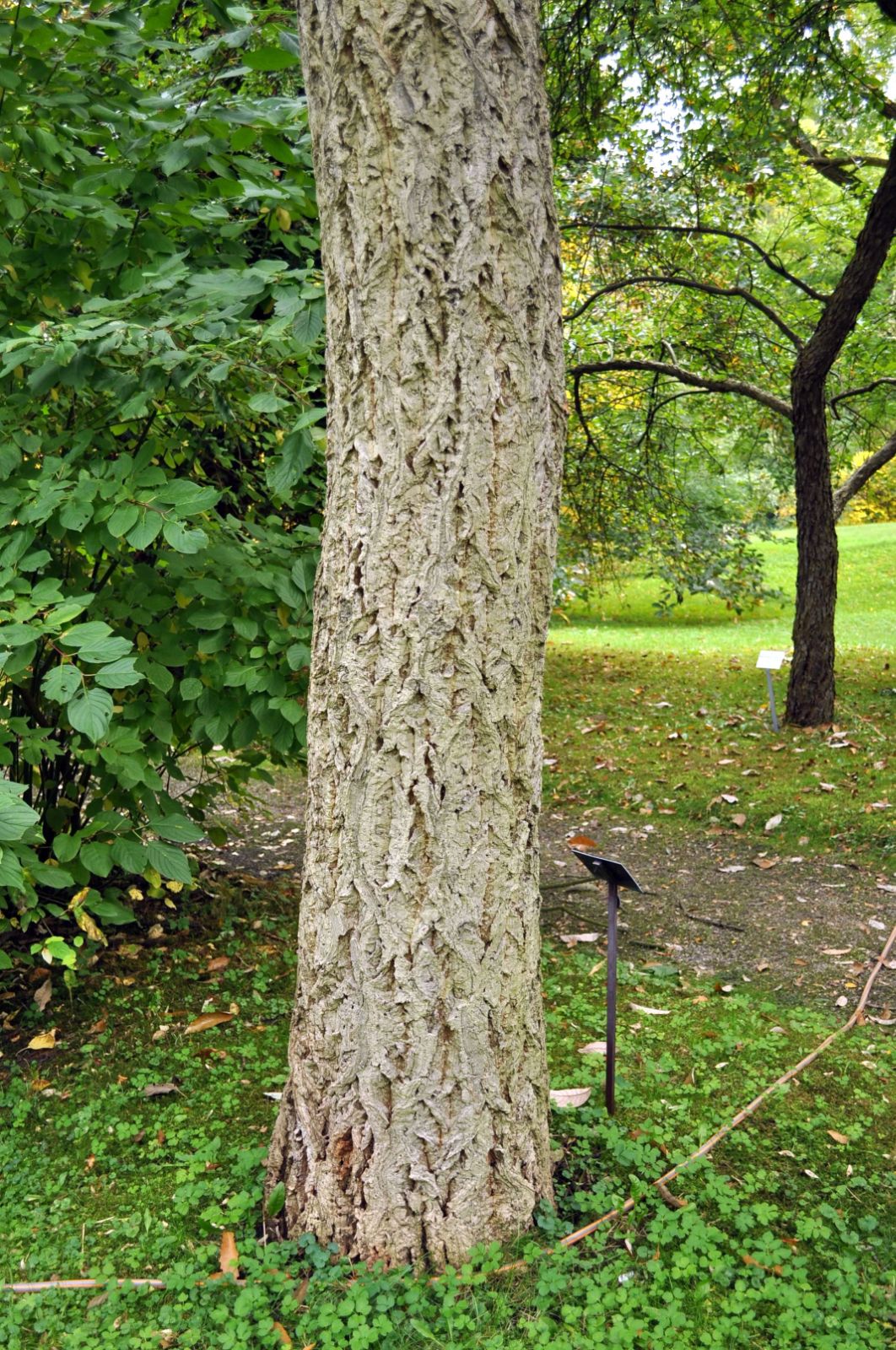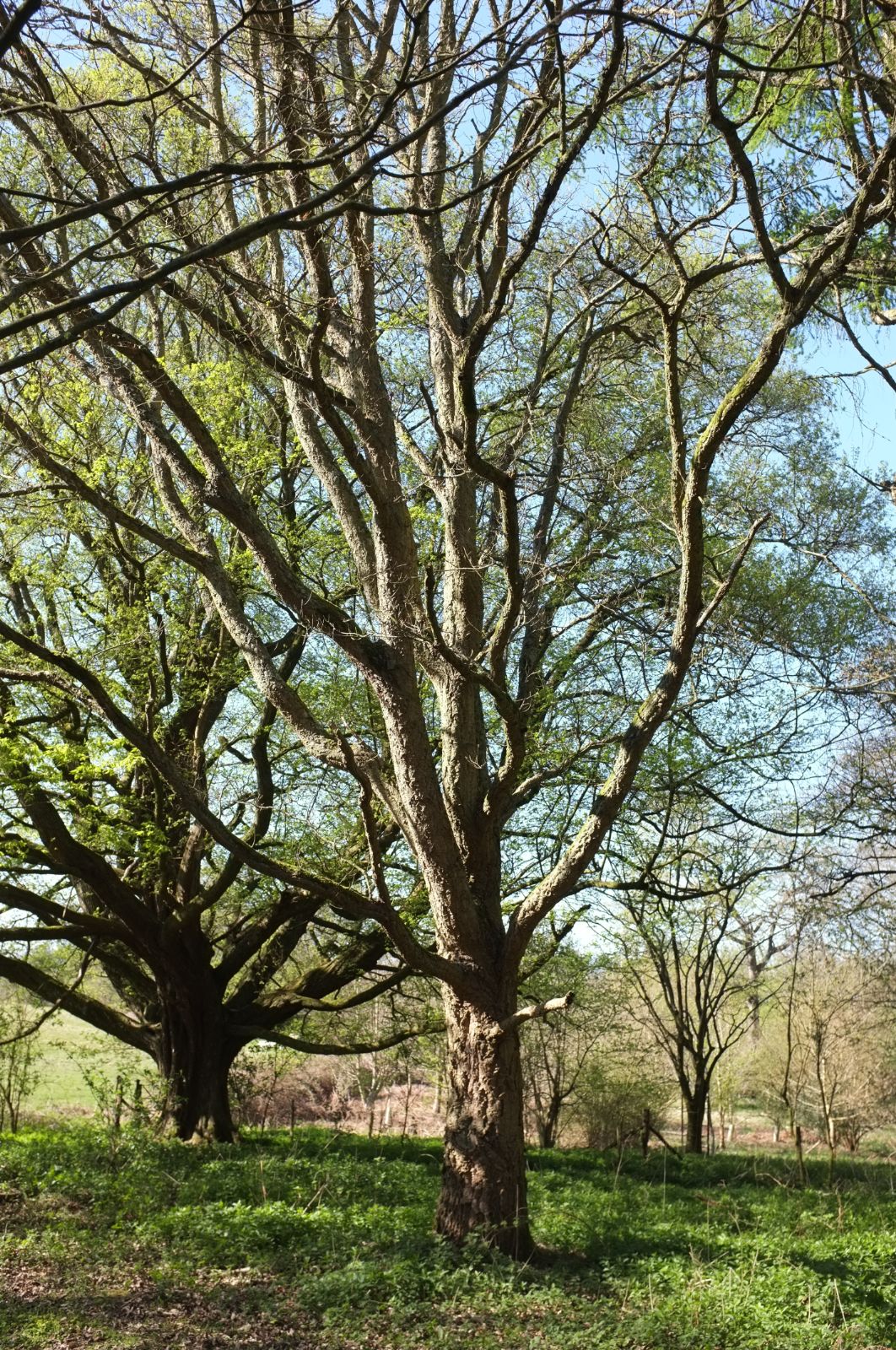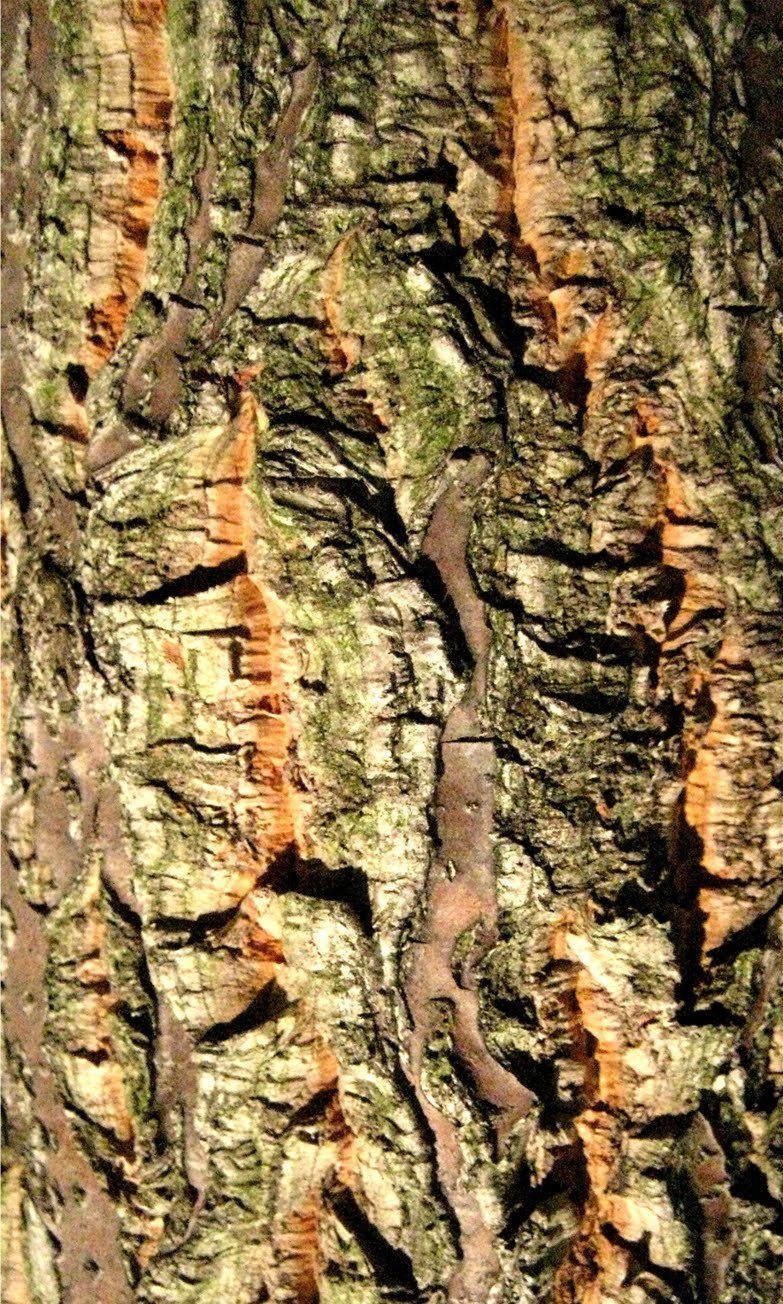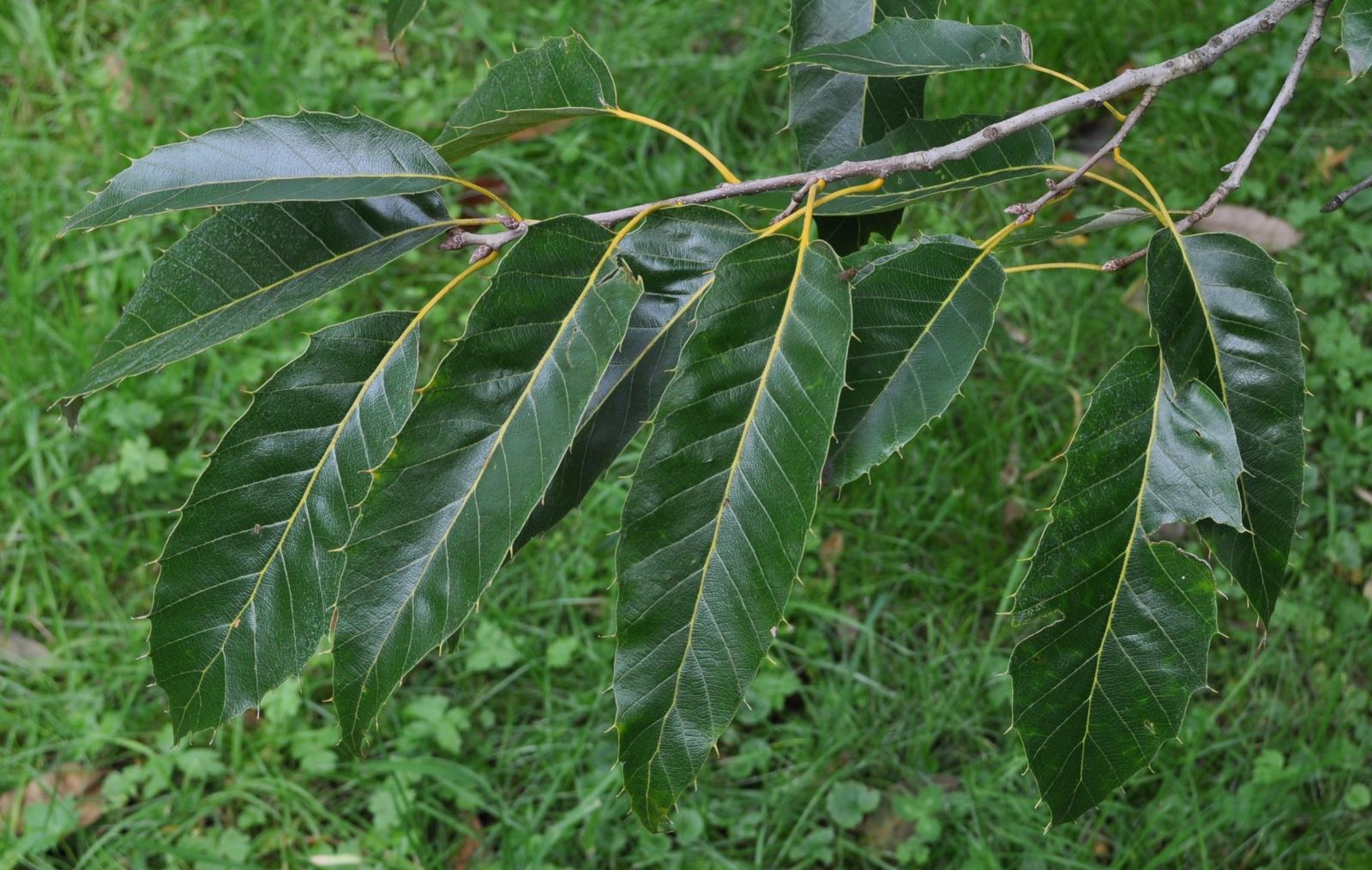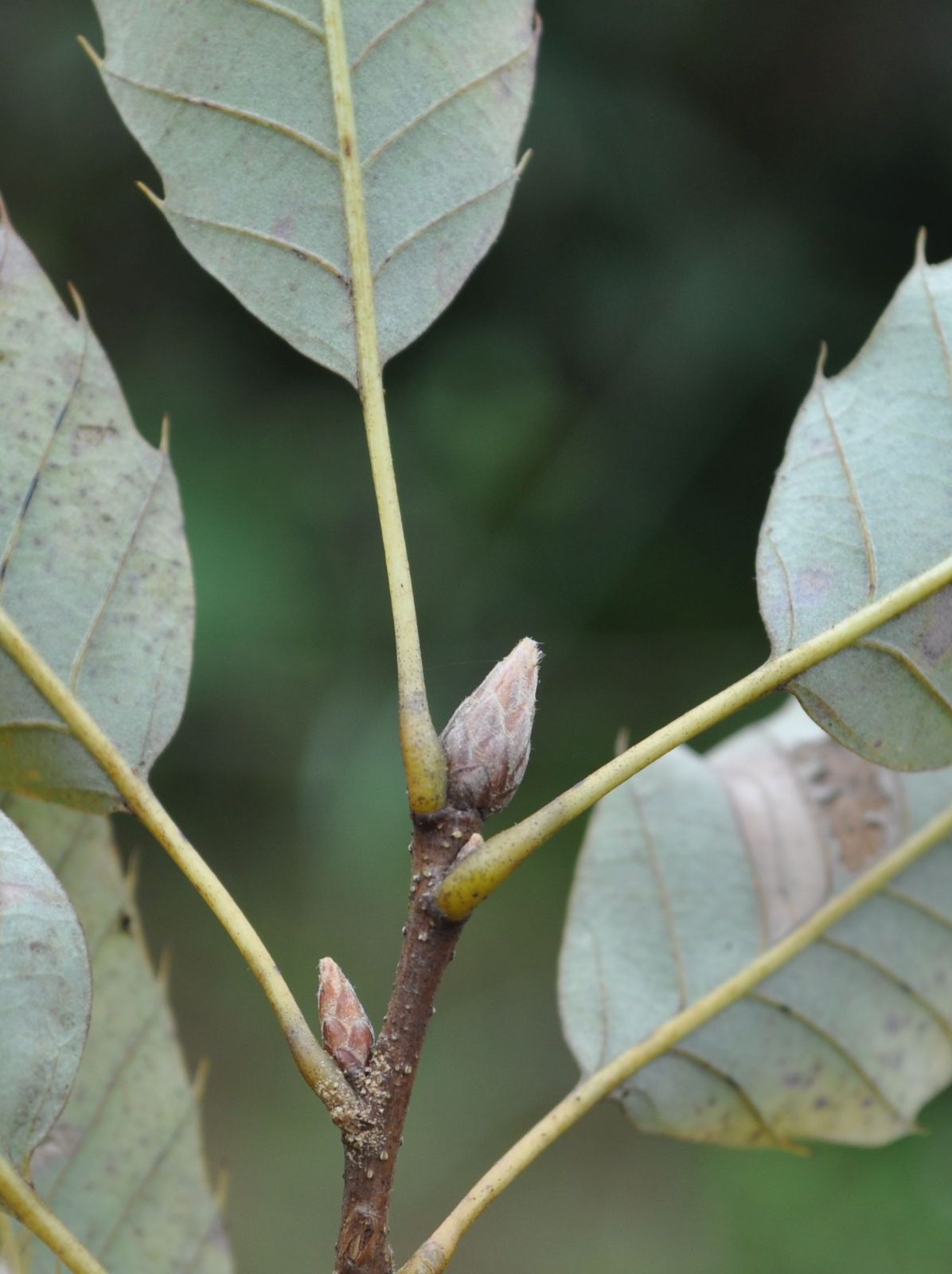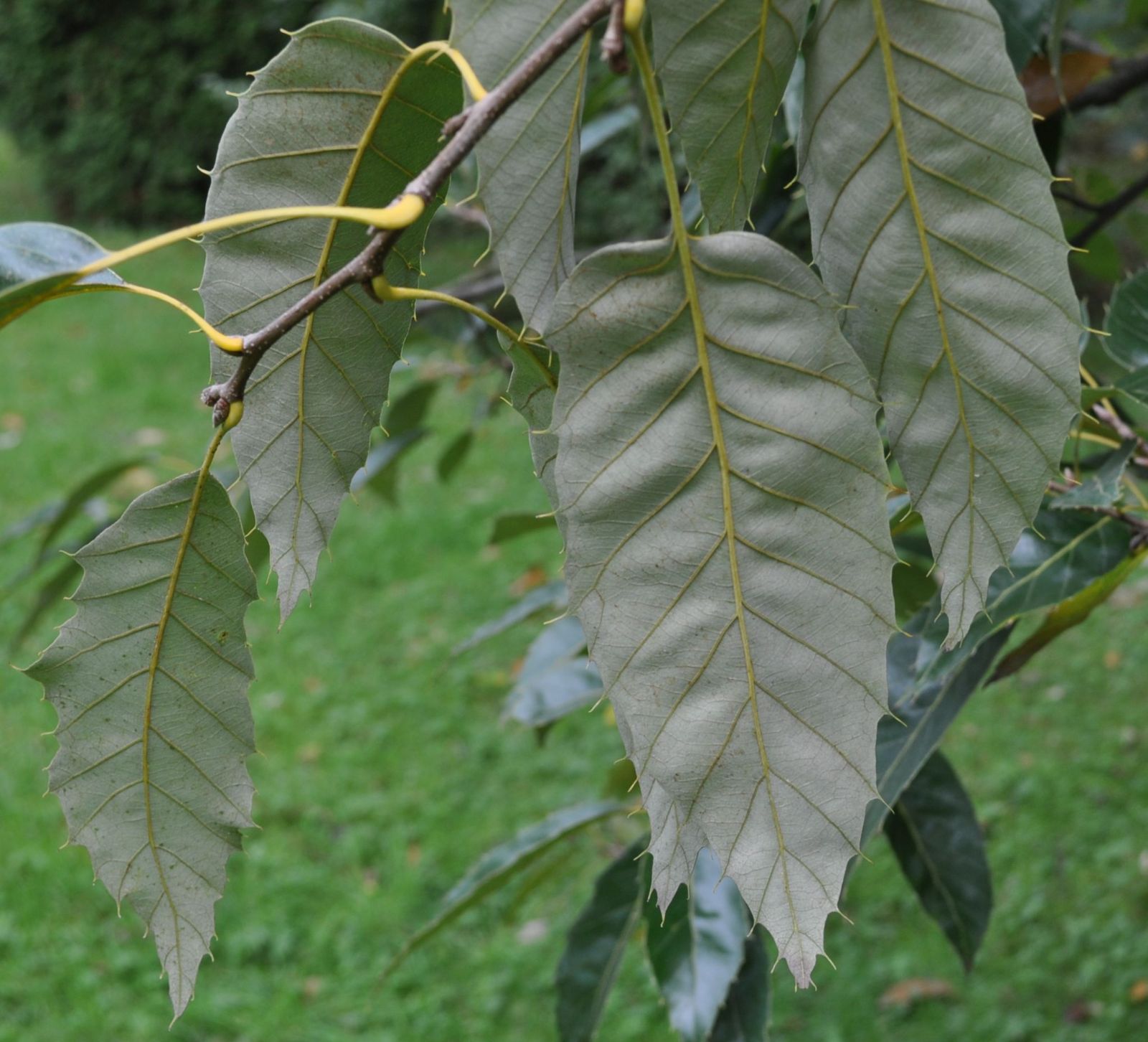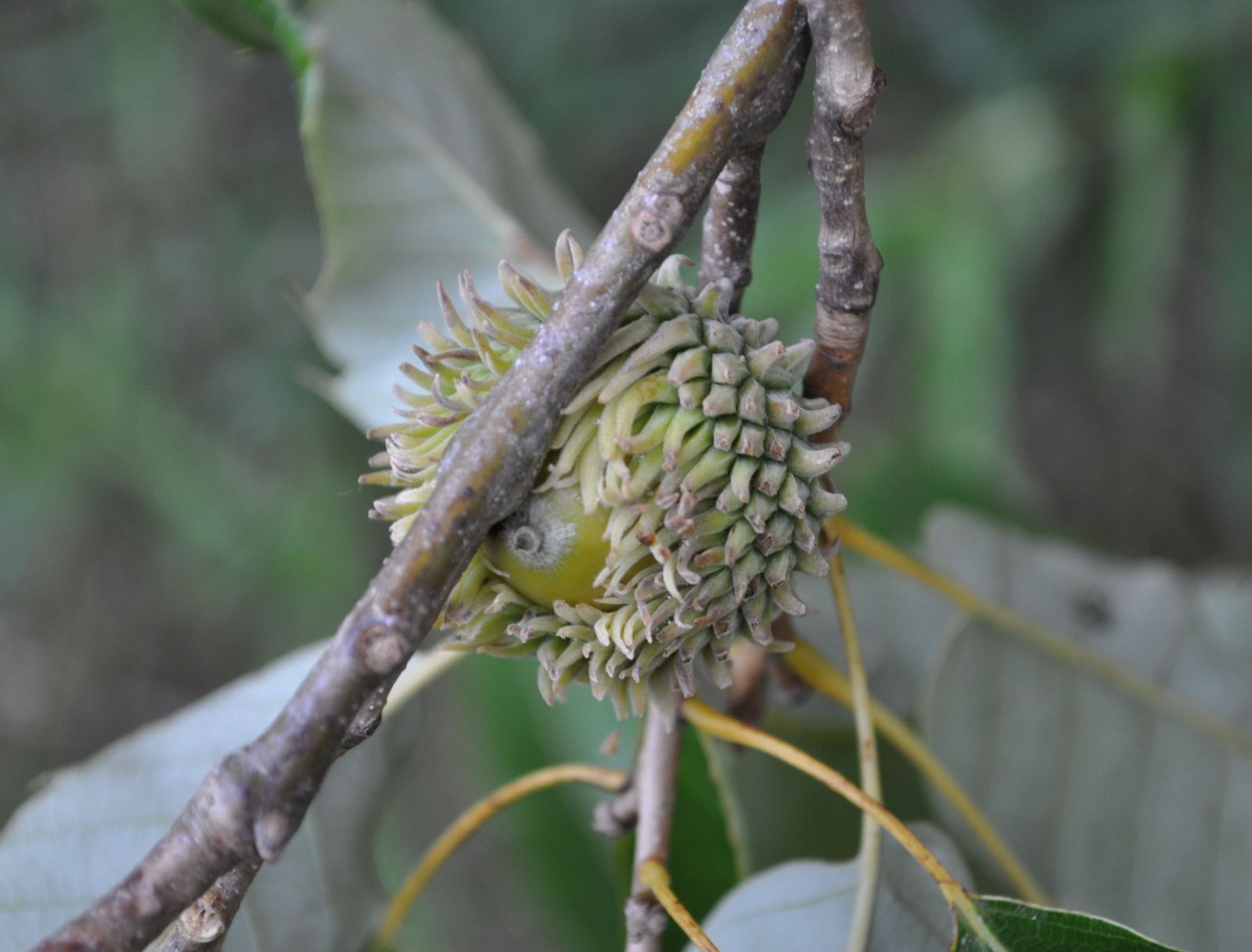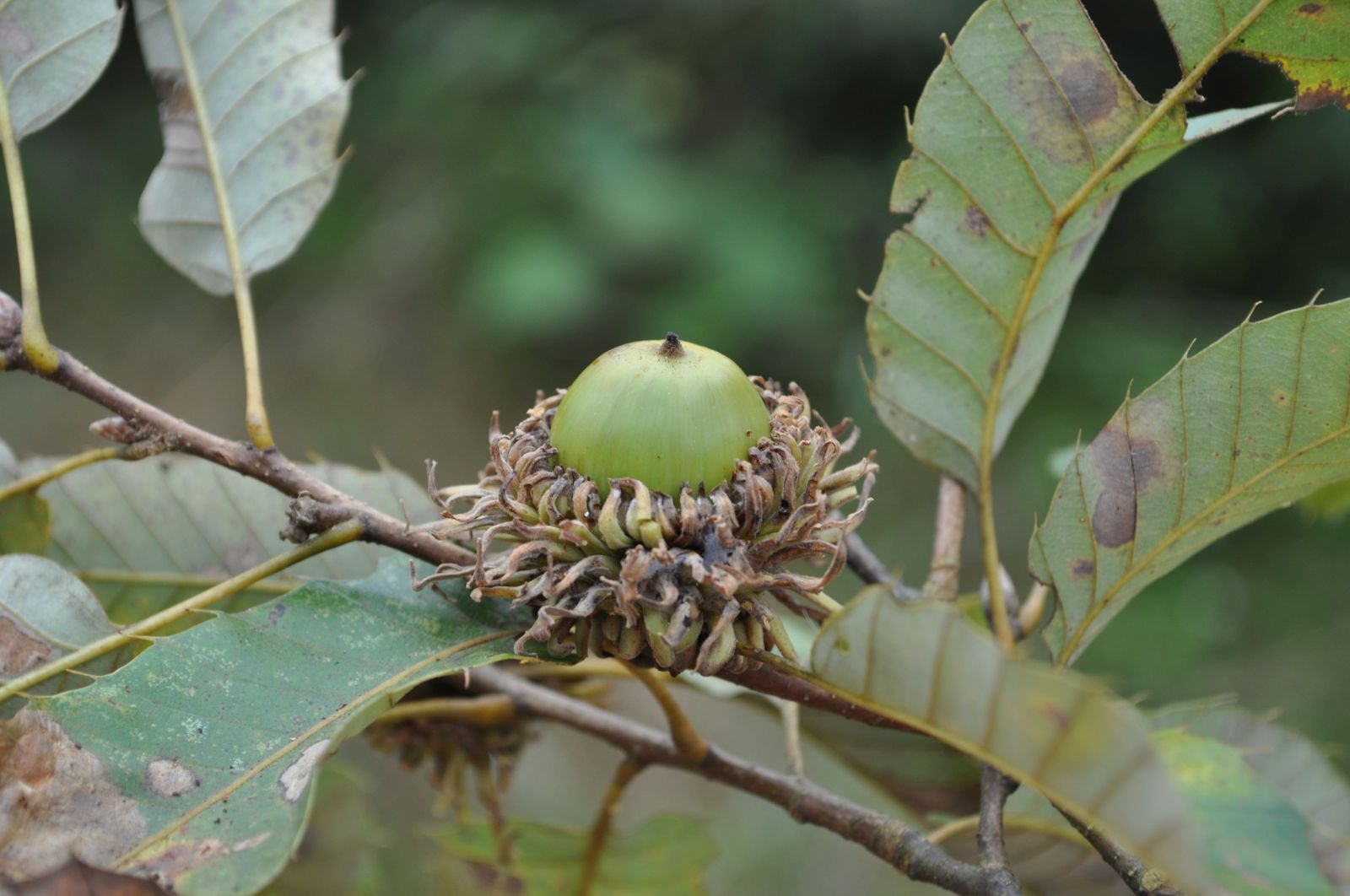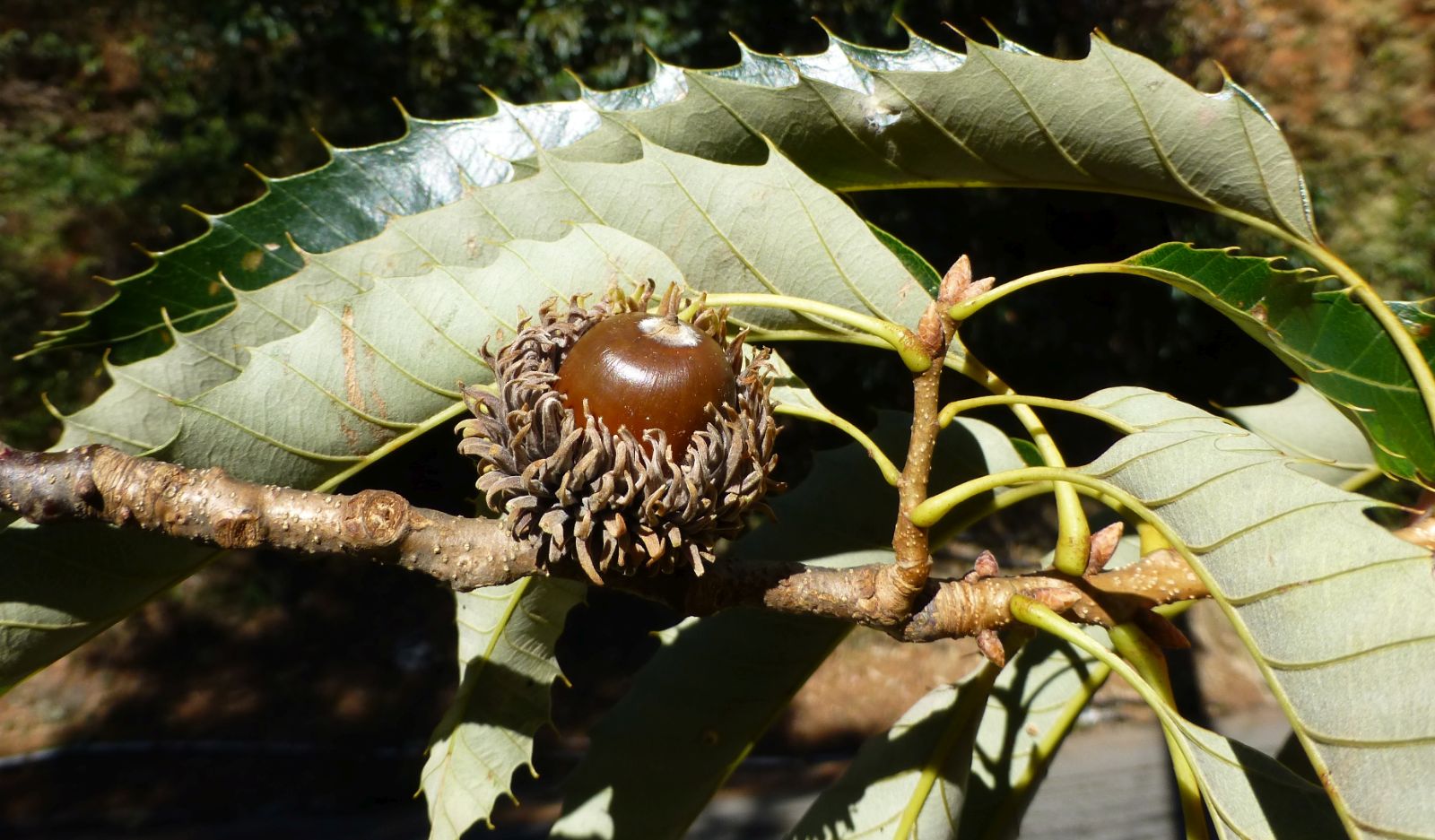Quercus variabilis
Sponsor
Kindly sponsored by
The Trees and Shrubs Online Oak Consortium
Credits
Allen Coombes & Roderick Cameron (2021)
Recommended citation
Coombes, A. & Cameron, R. (2021), 'Quercus variabilis' from the website Trees and Shrubs Online (treesandshrubsonline.
Genus
- Quercus
- Subgen. Cerris, Sect. Cerris
Common Names
- Chinese Cork Oak
- Oriental Oak
- Abemaki
- Shuan pi li
Synonyms
- Quercus bungeana Forbes
- Quercus chinensis Bunge, not Abel
- Quercus serrata var. chinensis Wenz.
- Quercus moulei Hance
Other taxa in genus
- Quercus acerifolia
- Quercus acherdophylla
- Quercus acrodonta
- Quercus acuta
- Quercus acutifolia
- Quercus acutissima
- Quercus afares
- Quercus affinis
- Quercus agrifolia
- Quercus alba
- Quercus aliena
- Quercus alnifolia
- Quercus aquifolioides
- Quercus arizonica
- Quercus arkansana
- Quercus aucheri
- Quercus augustini
- Quercus austrina
- Quercus × auzendei
- Quercus baloot
- Quercus bambusifolia
- Quercus baronii
- Quercus bicolor
- Quercus brantii
- Quercus buckleyi
- Quercus canariensis
- Quercus canbyi
- Quercus candicans
- Quercus castanea
- Quercus castaneifolia
- Quercus cerris
- Quercus chenii
- Quercus chrysolepis
- Quercus coccifera
- Quercus cocciferoides
- Quercus coccinea
- Quercus conspersa
- Quercus crassifolia
- Quercus crassipes
- Quercus delavayi
- Quercus dentata
- Quercus deserticola
- Quercus dolicholepis
- Quercus douglasii
- Quercus dumosa
- Quercus durifolia
- Quercus eduardii
- Quercus ellipsoidalis
- Quercus emoryi
- Quercus engelmannii
- Quercus engleriana
- Quercus euboica
- Quercus eugeniifolia
- Quercus fabri
- Quercus faginea
- Quercus falcata
- Quercus floribunda
- Quercus frainetto
- Quercus franchetii
- Quercus fruticosa
- Quercus fusiformis
- Quercus gambelii
- Quercus garryana
- Quercus geminata
- Quercus georgiana
- Quercus germana
- Quercus gilliana
- Quercus gilva
- Quercus glabrescens
- Quercus glauca
- Quercus graciliformis
- Quercus gravesii
- Quercus griffithii
- Quercus grisea
- Quercus guyavifolia
- Quercus hartwissiana
- Quercus hemisphaerica
- Quercus × hispanica
- Quercus hondae
- Quercus hypargyrea
- Quercus hypoleucoides
- Quercus ilex
- Quercus ilicifolia
- Quercus imbricaria
- Quercus incana
- Quercus infectoria
- Quercus insignis
- Quercus ithaburensis
- Quercus kelloggii
- Quercus × kewensis
- Quercus kiukiangensis
- Quercus laceyi
- Quercus laevis
- Quercus lamellosa
- Quercus lanata
- Quercus lancifolia
- Quercus laurifolia
- Quercus laurina
- Quercus × leana
- Quercus leucotrichophora
- Quercus × libanerris
- Quercus libani
- Quercus lobata
- Quercus lobbii
- Quercus lodicosa
- Quercus longinux
- Quercus longispica
- Quercus look
- Quercus × ludoviciana
- Quercus macranthera
- Quercus macrocalyx
- Quercus macrocarpa
- Quercus macrolepis
- Quercus marilandica
- Quercus mexicana
- Quercus michauxii
- Quercus mongolica
- Quercus monimotricha
- Quercus montana
- Quercus morii
- Quercus muehlenbergii
- Quercus myrsinifolia
- Quercus myrtifolia
- Quercus nigra
- Quercus × numidica
- Quercus oblongifolia
- Quercus obtusata
- Quercus oglethorpensis
- Quercus oxyodon
- Quercus pagoda
- Quercus palmeri
- Quercus palustris
- Quercus pannosa
- Quercus parvula
- Quercus petraea
- Quercus phellos
- Quercus phillyreoides
- Quercus planipocula
- Quercus poilanei
- Quercus polymorpha
- Quercus pontica
- Quercus prinoides
- Quercus pubescens
- Quercus pyrenaica
- Quercus rehderiana
- Quercus reticulata
- Quercus robur
- Quercus rotundifolia
- Quercus rubra
- Quercus rugosa
- Quercus rysophylla
- Quercus sadleriana
- Quercus salicina
- Quercus sartorii
- Quercus × schneideri
- Quercus schottkyana
- Quercus semecarpifolia
- Quercus senescens
- Quercus serrata
- Quercus sessilifolia
- Quercus setulosa
- Quercus shumardii
- Quercus sinuata
- Quercus spinosa
- Quercus stellata
- Quercus stenophylloides
- Quercus suber
- Quercus subspathulata
- Quercus tarokoensis
- Quercus tatakaensis
- Quercus texana
- Quercus tomentella
- Quercus trojana
- Quercus tungmaiensis
- Quercus turbinella
- Quercus × turneri
- Quercus undulata
- Quercus utahensis
- Quercus utilis
- Quercus uxoris
- Quercus velutina
- Quercus virginiana
- Quercus vulcanica
- Quercus warburgii
- Quercus wislizenii
- Quercus xalapensis
Tree to 20–30 m tall, deciduous or tardily so, with a rounding to spreading habit. Bark corky, pale grey, and deeply furrowed, reddish brown interior, up to 10 cm thick. Branchlets grayish brown, pubescent at first but soon glabrous, olive brown or light brown, later greyish brown in the second year, with visible lenticels. Buds ovoid, elongated, covered in reddish brown scales, rounded at apex, pubescent on sides, 0.5 cm long, with tomentose, deciduous, linear stipules. Leaves somewhat leathery, ovate-lanceolate to narrowly elliptic, 8–15(–20) × 2–6(–10) cm, base rounded to broadly cuneate or almost cordiform, apex acuminate or acute, margin with spiniform teeth which are longer on younger trees, upper surface emerges downy becoming glabrous and shiny green, undersides densely grayish or whitish stellate tomentose, slightly glaucous, velvety; secondary veins 9–22 on each side of midvein, prominent below, extending through teeth as forward-pointing bristles; midvein yellow, very prominent below, less so above, tertiary veins abaxially slender, evident, more or less parallel. Petiole ribbed, at first downy, soon glabrous and yellowish green,1–3(–5) cm. Female inflorescences axillary on apical part of young shoot. Cupule hemispherical, 1.5–2 cm deep × 2.5–4 cm wide including bracts, enclosing half to two thirds of the nut; scales long, subulate, erect and reflexed, downy. Nut pale brown, puberulent, subglobose to broadly ovoid, 2.3–2.7 cm long × 1.3–2 cm wide, apex rounded, slightly silky, ripening in the second year. (le Hardÿ de Beaulieu & Lamant 2010; Huang et al. 1999).
Distribution China Anhui, Fujian, Gansu, Guangdong, Guangxi, Guizhou, Hebei, Henan, Hubei, Hunan, Jiangsu, Jiangxi, Liaoning, Shaanxi, Shandong, Shanxi, Sichuan, Yunnan, Zhejiang Japan Honshu, Shikoku, Kyushu North Korea South Korea Taiwan
Habitat Evergreen and deciduous forests, sometimes forming pure stands; 500 to 3000 m.
USDA Hardiness Zone 5
RHS Hardiness Rating H7
Conservation status Least concern (LC)
This tree, of wide distribution in eastern and southern China, is of significant economic and ornamental importance. Though not on a par with that of Q. suber, either in quality or thickness, its cork is used industrially in roofs and floats. The wood is valued for boat building and general construction purposes; the acorn cups produce a black dye used to color silk. Cloud ear fungus (Auricularia polytricha) is grown on its felled logs in western Hubei (Sargent 1917); its logs are also well-suited for the cultivation of shiitake mushrooms (Lee et al. 2014). In China and Japan it is often planted next to pagodas or temples, thus acquiring sacred connotations. Le Hardÿ de Beaulieu & Lamant (2010) enthuse about the ornamental value of this oak, its elegant habit, and particular interest in every season. A particularly beautiful feature is the band of dark pigment between the veins of expanding leaves in spring, giving the leaf a striking bicolor effect for a few days.
It is similar to Q. acutissima, from which it can be distinguished by the whitish undersurface and smaller teeth of the leaves, and the corkiness of the bark in adult specimens. For Bean (1976), Q. variabilis is ‘a finer tree’ than Q. acutissima. Shaun Haddock notes that the two species seem to germinate to the beat of different drummers: Q. variabilis acorns sprout immediately on falling from the tree, Q. acutissima awaits spring, a delay that allows it to establish in colder climates and maintain a wider range in Japan (Haddock 2008; Hiroki & Kamiya1 2005).
Chinese Cork Oak was introduced to the UK by Robert Fortune in 1861, from hills west of Beijing where it is a common tree. He sent large quantities of acorns which germinated successfully and grew ‘luxuriantly’ in Standish’s nursery at Ascot; however, none of these trees appear to have survived (Elwes & Henry 1906–1913). Emil Bretschneider later sent acorns, also from the mountains around Beijing, to the Arnold Arboretum in 1881. In 1890, Sargent reported that it was perfectly hardy there and growing rapidly, the leaves turning bright canary yellow in November (Bretschneider 1898). Bretschneider also sent seed from the same source to Kew in 1882, where it also flourished but did not survive for long. A tree that has survived at Kew was sourced from the Arnold Arboretum and planted in 1909; it measured 17 m × 53 cm dbh in 2010. The girth champion for the UK and Ireland grows at Tortworth Court Hotel, planted in 1881, and measured 17 m × 68 cm dbh in 2015. Two trees are joint height champions according to the Tree Register: one at Hollycombe, West Sussex, 21 m × 65 cm in 2018, up from 19 m × 49 cm in 1984, the other at Borde Hill, Sussex, 21 m × 65 cm in 2015, up from 20 m × 44 cm in 1983 and 10 m × 29 cm in 1967 (Tree Register 2021; Clarke 1988; Bean 1976). At Arboretum du Passadou, France, a tree was estimated at about 25 m tall in 2019 (pers. obs.)
Quercus variabilis is cultivated in botanic gardens and arboreta in all four hemispheres. At Mereweather Arboretum in Victoria, Australia, a specimen from seed collected in southern Yunnan is semi-evegreen (Funk 2015); at Eastwoodhill Arboretum in New Zealand it has grown well: a tree sourced from Hillier Nurseries reached 21 m tall by 2017 and a study of Chinese species growing there suggested that Chinese Cork Oak could be more widely grown in New Zealand. (He & Luo 1992). Trees grown from seed from the Eastwoodhill tree are growing in Grigadale Arboretum in Argentina (Grigadale Arboretum 2021); also in Argentina, the San Miguel Arobretum has several trees from seed sourced in Japan (P. Laharrague, pers. comm.). The species is found in many gardens in the US, including from recent introductions of wild collected seed, e.g. a NACPEC 2002 collection from Shaanxi, the source of trees at The Morton Arboretum, Chicago Botanic Garden, and Morris Arboretum (Quercus Multisite 2021). At Washington Park Arboretum it was 26.2 m × 49 cm in 2004 (R. Larson pers. comm.2020). At UBC Botanical Garden in Vancouver, Canada, a tree from seed sourced in South Korea and accessioned in 1986 is about 20 m tall (D. Justice pers. comm. 2021).
According to J.R.P. Van Hoey Smith (1992), the species’ hardiness in Trompenburg Arboretum in the Netherlands depended on the origin of the seed: seedlings grown from acorns sourced from Eastwoodhill Arboretum froze down to the ground every year, whereas high-altitude acorns from Mount Emei in Sichuan, China fared much better.
The species hybridizes with Q. acutissima in the wild in zones where the two species overlap (Hiroki & Kamiya1 2005); there is a herbarium specimen at Sir Harold Hillier Gardens of this taxon, wild-collected in Korea (Royal Botanic Garden Edinburgh 1997). Several putative hybrids between Q. variabilis and some section Quercus oaks (Q. garryana, Q. turbinella, Q. macrocarpa) emerged from experiments carried out by Walter Cottam at the University of Utah in the 1960s. These crosses are questionable and do not display any Q. variabilis characters. The authors of the experiment pointed out that while their analyses confirmed that the plants were hybrids, they could not confirm that the pollen parent was Q. variabilis. It is worth noting that attempts to create crosses between section Quercus pollen with Q. variabils as female parent all failed (Cottam et al. 1982).
The epithet means ‘variable’. Presumably Blume chose it to express his frustration in trying to pin down the shape of the leaves: he describes their base as obtuse or subcordate, the leaf blade as oblong or sometimes wider above or slightly fiddle-shaped, the apex as acute or obtuse, the margin as wavy or serrate or serrulate… The leaves are in fact no more variable than those of other oaks and much less variable than some; he may have been presented with exceptionally irregular herbarium samples. The common name in Japanese, abemaki, derives from abata (‘pockmark scar’, shortened to abe in the Okayama dialect) in reference to the appearance of the trunk, and maki, which may mean ‘useful tree’, or ‘firewood’, or may be a local name for Q. serrata in Okayama prefecture (K. Tokunaga pers. comm.). The hybrid of Q. variabilis and Q. acutissima is known as abekunugi (Botanica 2021).

